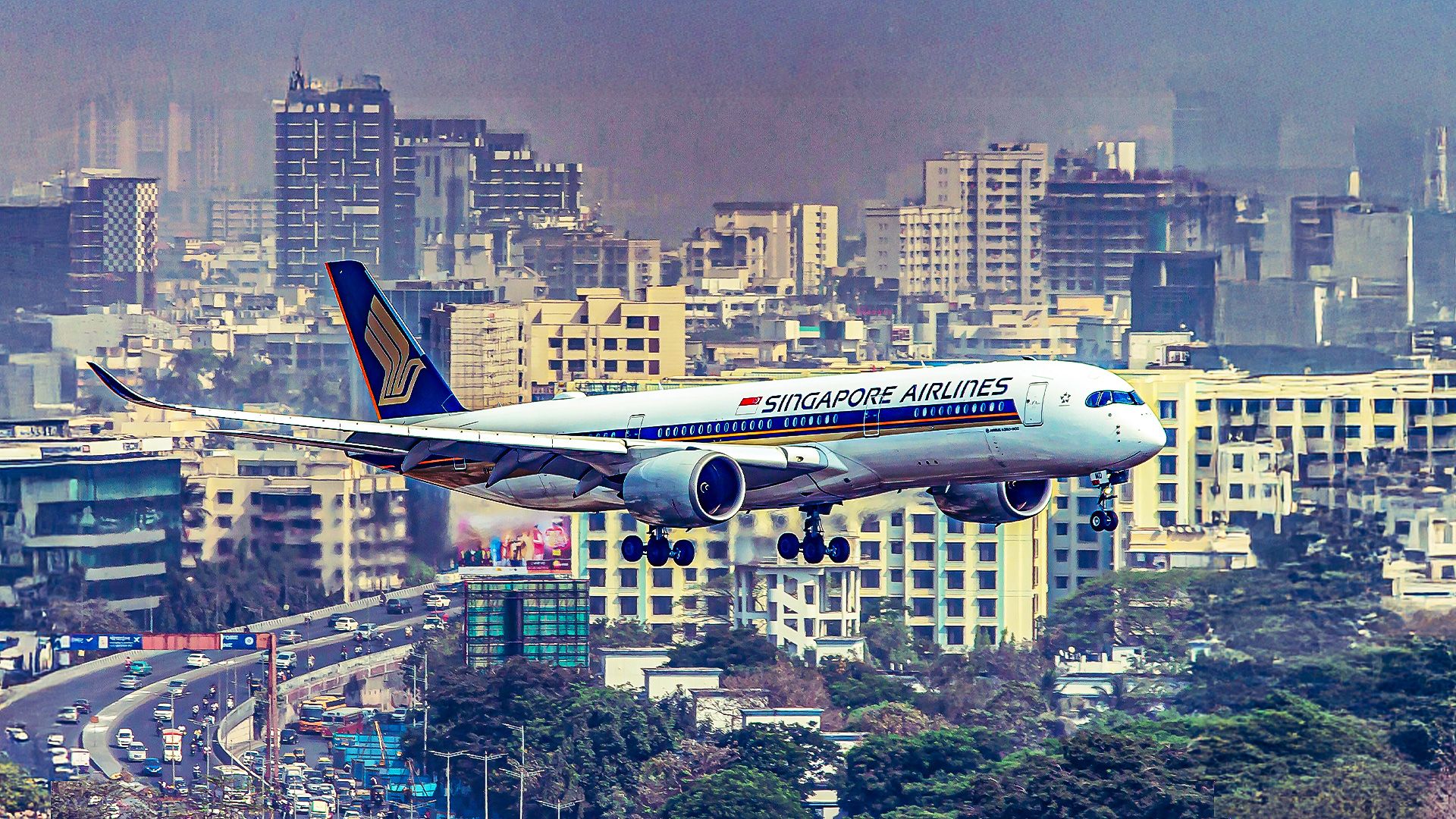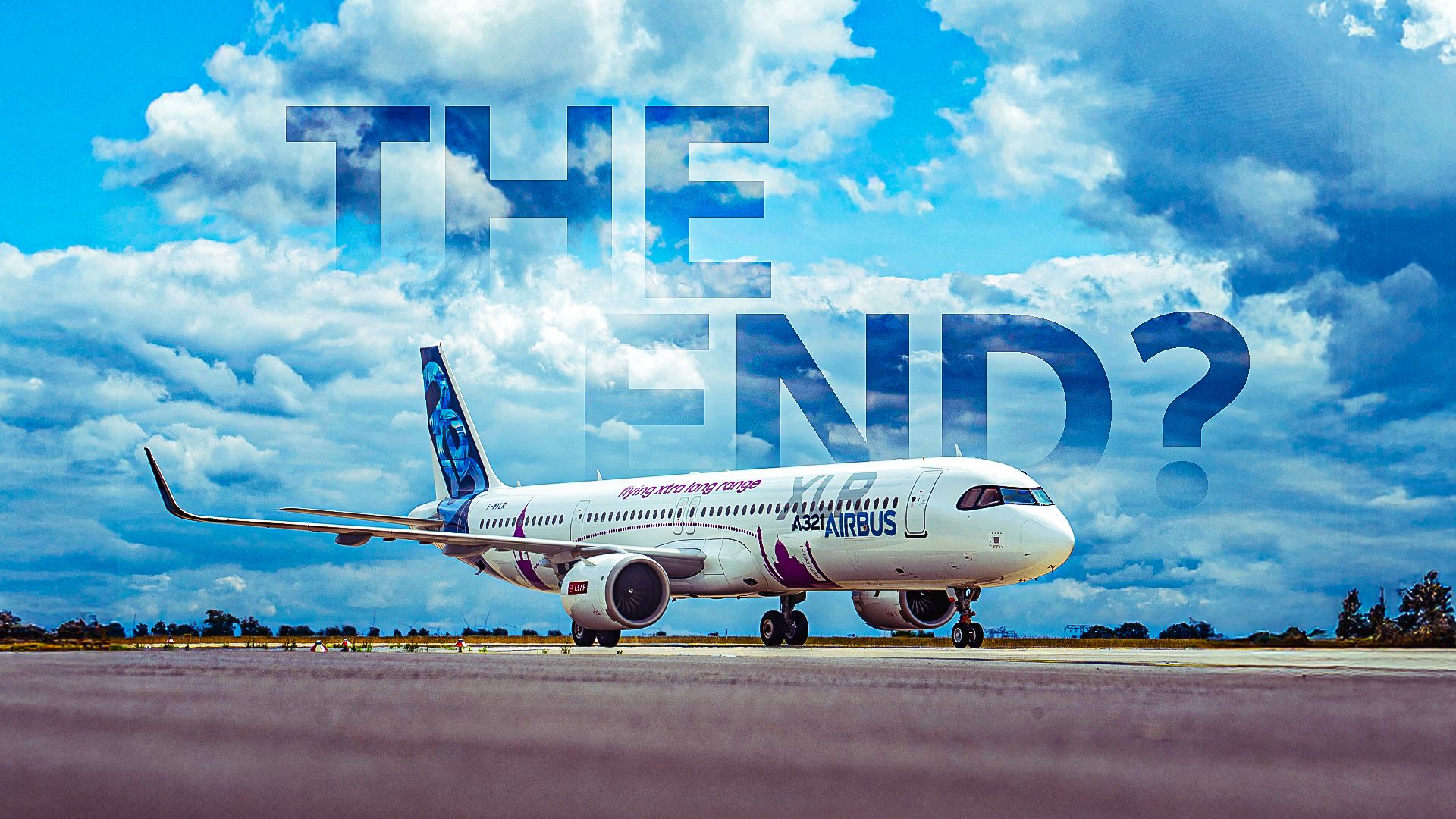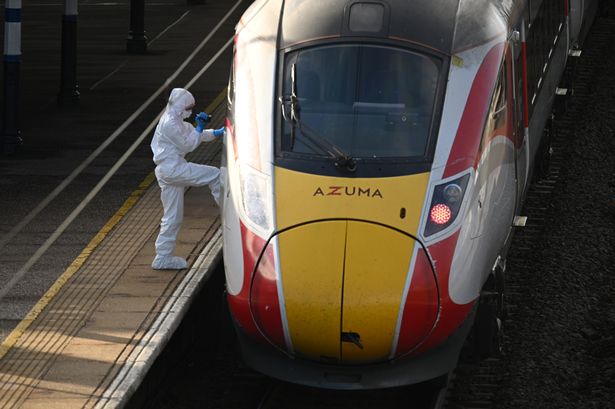URGENT UPDATE: As the demand for ultra-long-haul flights surges, airlines are fiercely competing to dominate this niche market, defined by routes exceeding 8,000 nautical miles and taking over 15 hours from gate to gate. New statistical analysis reveals the top eight carriers leading the charge, showcasing their strategic prowess in connecting global financial hubs with nonstop services.
Latest data from aviation analytics firm Cirium confirms that only a select few airlines are equipped to handle these extensive routes. Among them, Singapore Airlines stands out, operating the longest flight in the world from New York’s John F. Kennedy International Airport (JFK) to Singapore Changi International Airport (SIN), covering a staggering 9,400 miles. This route exemplifies how airlines are adapting to meet the demands of high-yield corporate travelers who prefer direct connections over layovers.
The competition is heating up as airlines leverage next-generation aircraft like the Airbus A350-900ULR and Boeing 787-9, which offer enhanced range and passenger comfort. These ultra-long-haul jets not only reduce cabin altitude and humidity but also allow airlines to maximize operational efficiency, making marathon flights more viable than ever.
Key players in this high-stakes arena include:
- Emirates and Qatar Airways, dominating the South Indian Ocean corridor with flights exceeding 8,800 miles.
- United Airlines, competing fiercely with its trunk routes from San Francisco International Airport (SFO) and others connecting to Asia.
- Delta Air Lines, providing a vital nonstop link from Atlanta to Johannesburg.
- Qantas, using ultra-long-haul capabilities to bypass traditional hubs with routes like Auckland to New York.
Data reveals that Singapore Airlines operates four distinct ultra-long-haul city pairs, showcasing its commitment to maintaining high service frequency. With around 161 seats per flight on its JFK-SIN route, the airline emphasizes reliability and comfort, catering to a lucrative segment of corporate travelers.
The analysis also highlights emerging trends in route strategies. Airlines are increasingly bypassing traditional hubs to serve direct connections, optimizing their networks and appealing to high-demand markets. For example, Air New Zealand has launched its flagship service to New York, enhancing connectivity between the United States and the Asia-Pacific region.
However, operating ultra-long-haul routes comes with significant risks. Airlines must navigate complex economic factors, including fuel costs and operational challenges, to maintain profitability. Weather conditions can disrupt schedules, and the demand for premium cabin space is critical, often determined by corporate contracts.
As airlines continue to innovate and adapt, the landscape for ultra-long-haul flights is shifting dramatically. The ongoing competition not only benefits travelers seeking direct connections but also reshapes global air travel patterns.
WHAT’S NEXT: Industry analysts will closely monitor how these airlines adapt to evolving market demands and operational challenges. The focus will remain on which carriers can sustain profitability while maintaining high service standards in this competitive segment.
Stay tuned for more updates as this story develops.







